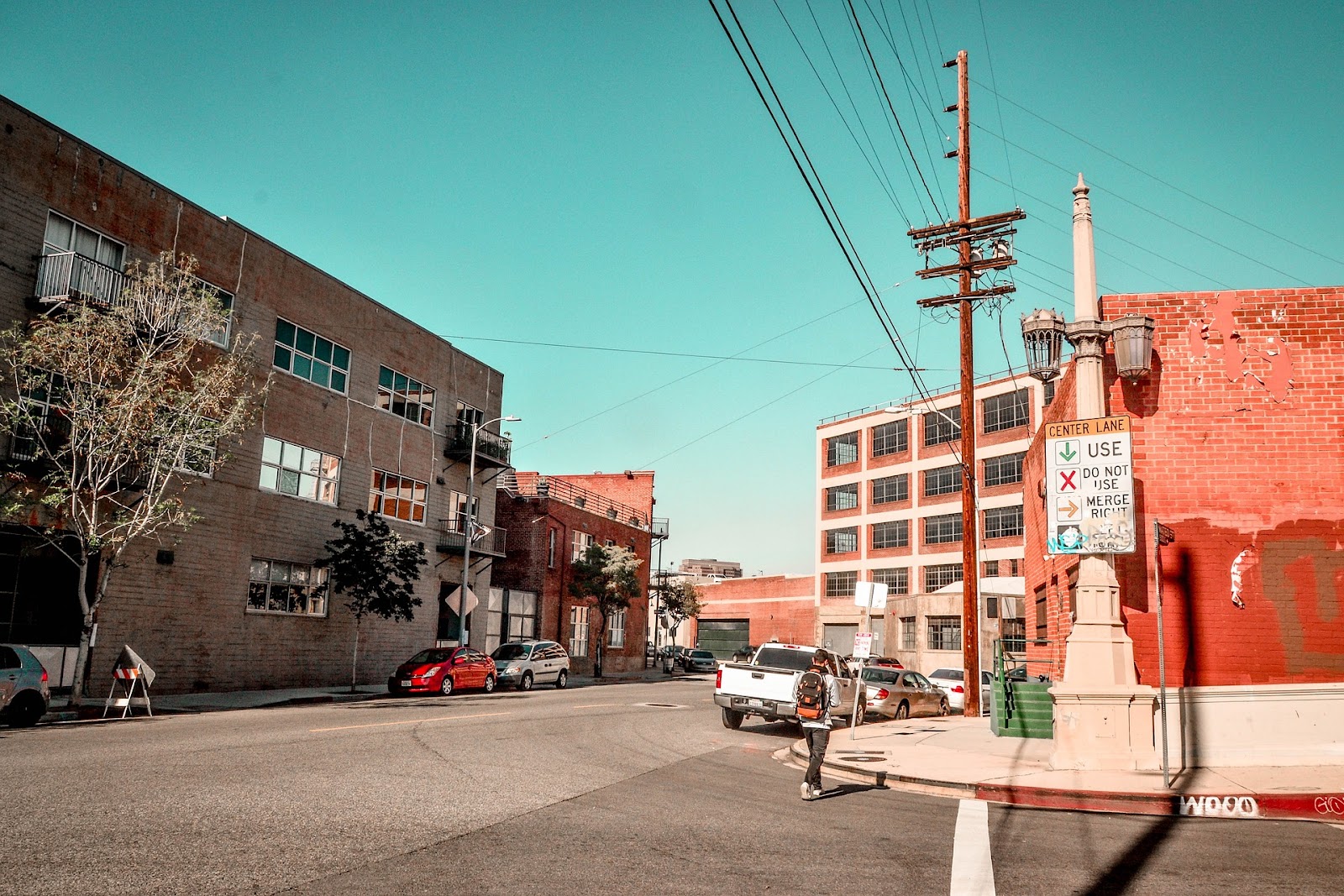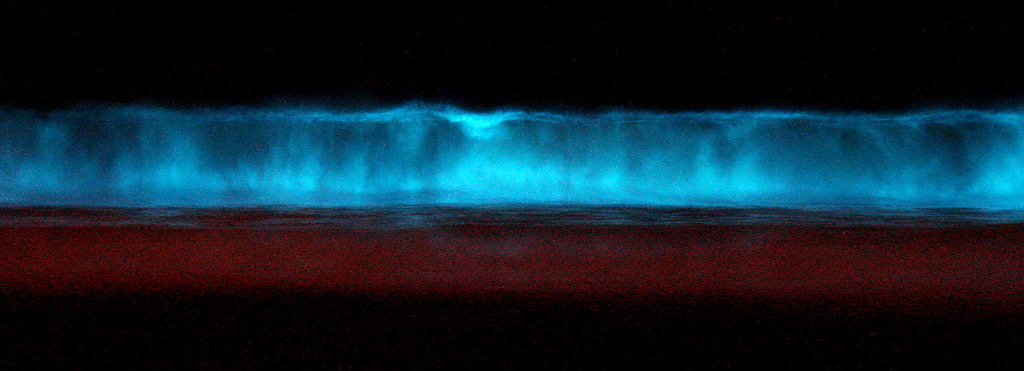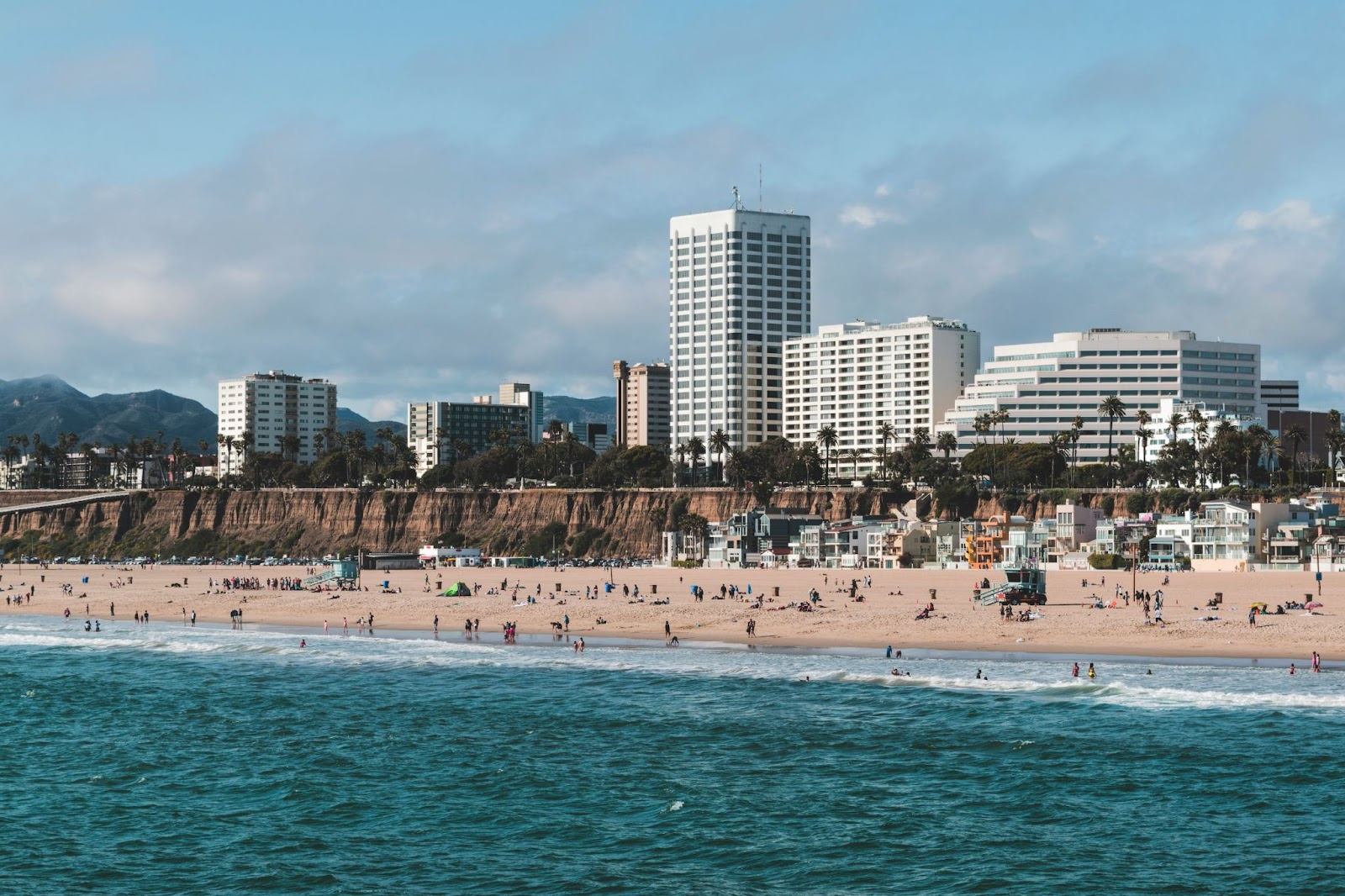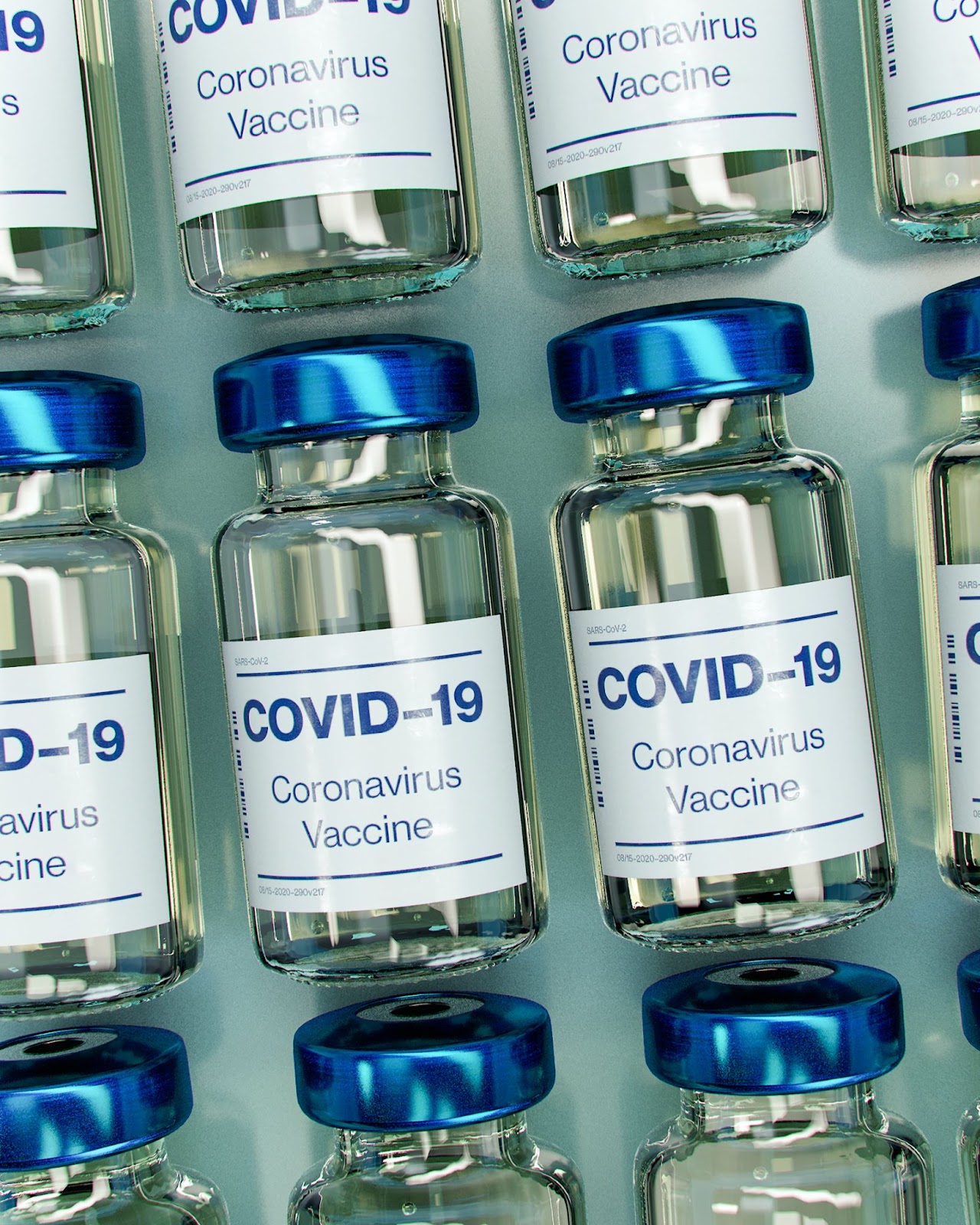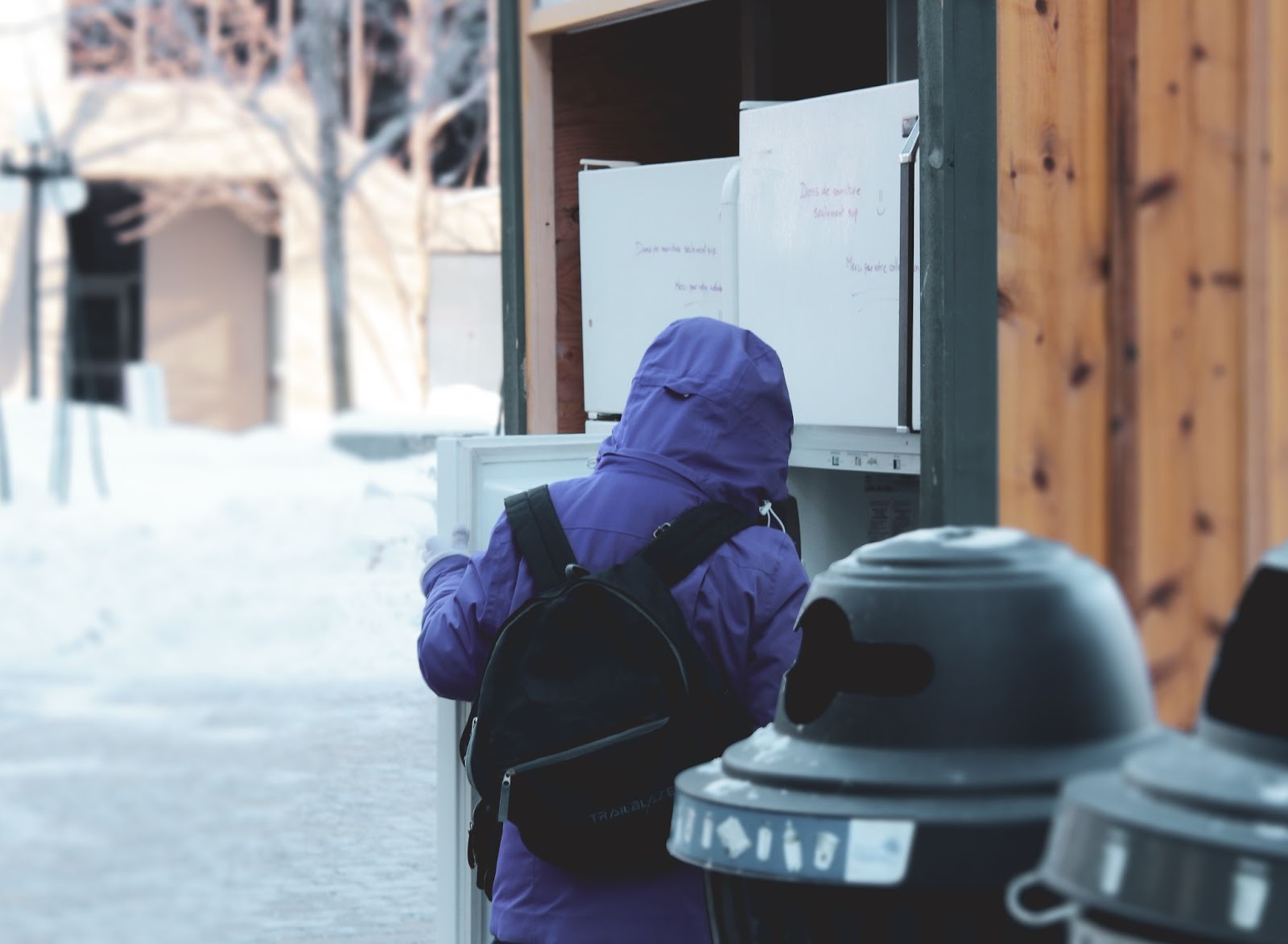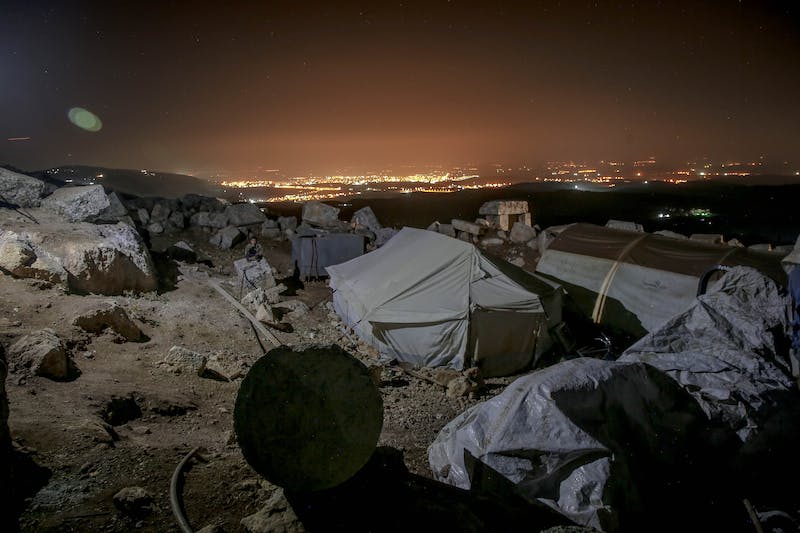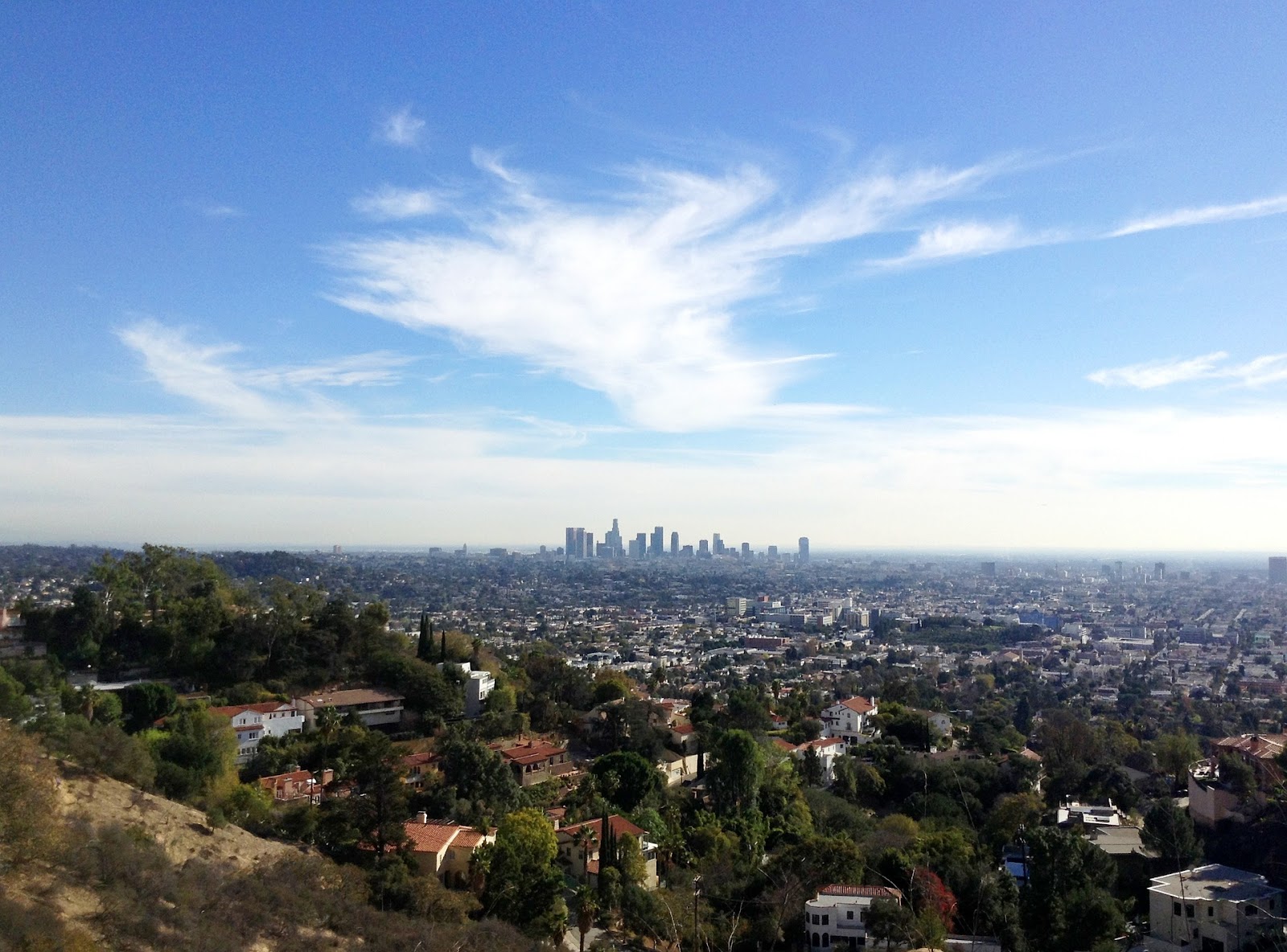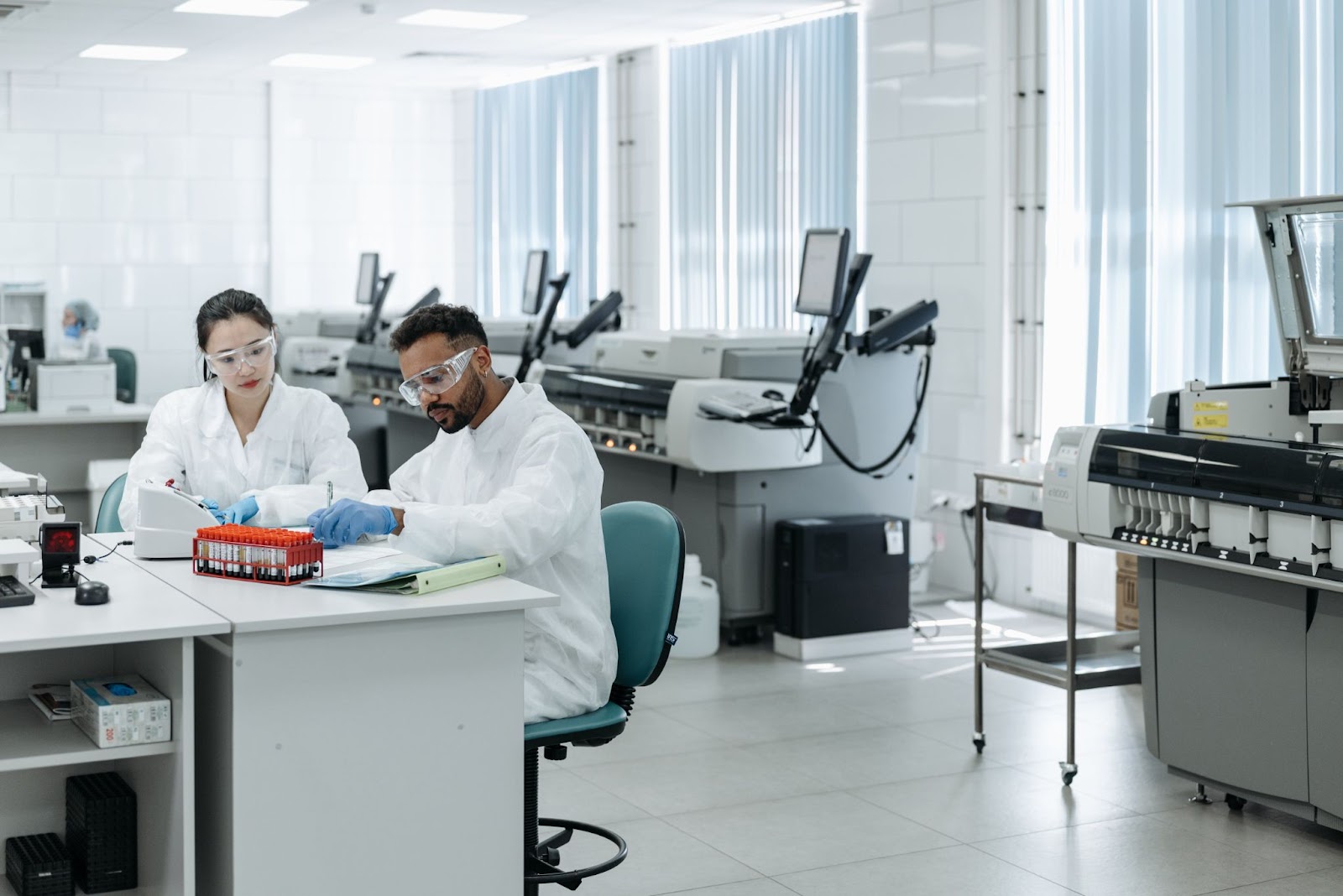According to UCLA researchers studying the health effects that the massive 2015 gas leak at the Aliso Canyon natural gas storage facility had on nearby residents, pregnant women who lived in the area during and after the blowout had a higher chance of low-weight newborns or premature births compared to women from other communities.
UCLA scientists made their findings public both in person and by a virtual meeting on February 20th. They emphasized the impact that the massive gas leak in the Santa Susana Mountains—that forced 8,300 families from their homes—had on pregnant women, saying those who lived near Aliso Canyon had a 50% higher chance of having babies with low birth weights compared to mothers in other Los Angeles County communities.
During the meeting, epidemiologist and an assistant professor of neurology at UCLA, Dr. Kimberly Paul spoke on women who conceived their babies shortly after the gas leak was finally plugged in 2016. Paul said, “The prevalence of premature births was about 50% higher than expected.”
A representative of SoCalGas, the company that owns the vast underground storage facility from where the gas leaked, wrote in an e-mail: “The health research study has not reached any final conclusions. Any further comment at this stage would be premature because the study’s methods, analysis, and results are preliminary, subject to change, and have not been peer-reviewed, according to the researchers.”
Low birth weight babies are those born weighing under five pounds and eight ounces, according to the World Health Organization (WHO). These infants are 20 times more likely to develop fatal complications and are at risk of developing behavioral and psychological issues such as cognitive deficits, motor delays, and cerebral palsy. Preterm birth complications are the main cause of death among children under five years old.
The results of the Aliso Canyon Disaster Health Research study are not final and have not yet been peer-reviewed. The leak, which is the largest methane gas leak in U.S. history, emitted gas for four months, discharging almost 100,000 tons of methane. Residents reported nosebleeds, dizziness, and respiratory problems.
Porter Ranch resident and a co-founder of the Aliso Moms Alliance, an organization that educates residents of the nearby communities about potential health impacts, Patty Glueck, said she was stunned to find out the bearing on expecting mothers.
“This is heart-wrenching, that women who were pregnant at the time and even though they were full-term, they still had underweight babies,” Glueck said. “This is something that everyone in the community should know about.”
Primary questions scientists are trying to answer during the ongoing study include whether pregnant women exposed to the leak experienced additional adverse birth outcomes, including premature babies born in less than 40 weeks.
The study involved examining all available records of births among women living near the Aliso Canyon facility between October 2010 and October 2019 to study births before, during, and after the 2015 gas leak.
According to researchers, during that period, there were approximately 14,000 births in the six-mile radius area around the facility. That area includes communities in Granada Hills, Northridge, Chatsworth, and Porter Ranch.
Craig Galanti, a resident of Porter Ranch, said the results are just “scratching the surface of the true health implications of the blowout and it’s long, long overdue.” While he wasn’t surprised by the findings about pregnant women and unborn babies, he was “horrified by the implications that it has because to me that just demonstrates that there are health concerns here—and they have been for a long time.”






















